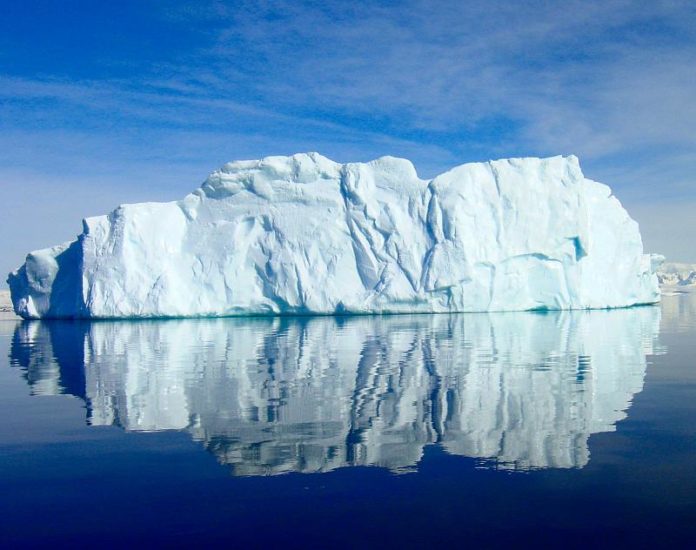Log books of the Antarctic explorers, Sir Robert Scott and Ernest Shackleton, have revealed that the area of sea ice around the continent has barely undergone any changes in size over the last 100 years.
A recent study that was published in the European Geosciences Union journal, The Cryosphere, had suggested that sea ice around Antarctica was not too sensitive to climate change. This is in absolute contrast to the Arctic where the ice dwindled drastically in the 20th century, and continues to do so.
The research study conducted by the University of Reading examined the journals and determined that sea ice levels around Antarctica now are similar to those in the 1900s. The only region that appears to have seen a reduction in ice levels is the Wendell Sea.
“The missions of Scott and Shackleton are remembered in history as heroic failures, yet the data collected by these and other explorers could profoundly change the way we view the ebb and flow of Antarctic sea ice. We know that sea ice in the Antarctic has increased slightly over the past 30 years, since satellite observations began,” said Jonathan Day, who led the study.
The study also uncovered that the rise and decline in the levels of ice are not a new phenomenon. The ice levels were higher in the 1950s, before they declined to their current levels. It shows that rather than a steady drop in ice levels over the years, they have swung between high and low over the last century.
Although the reason behind the increase in ice levels since the 1970s is not known, some scientists speculate that this may be due to the widening hole in the ozone layer. It may have caused stronger surface winds to blow over Antarctica and more recurrent storms in the Southern Ocean.
“The Southern Ocean is largely a ‘black hole’ as far as historical climate change data is concerned, but future activities planned to recover data from naval and whaling ships will help us to understand past climate variations and what to expect in the future,” said Day, according to phys.org.
Captain Scott and his men attempted to be the first people to reach the South Pole. However, they lost out to the Norwegian Roald Amundsen- the first man to reach both poles- by five weeks. Scott and four of his men died on the return journey.
Ernest Shackleton, who had accompanied Scott to Antarctica before, attempted to lead the first cross-Antarctic trek, but was unable to reach the continent as his ship sank on the way there in 1915.




























